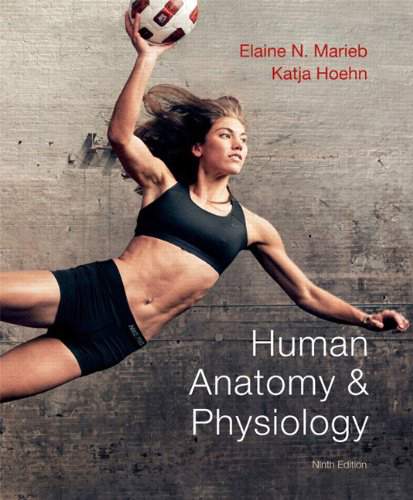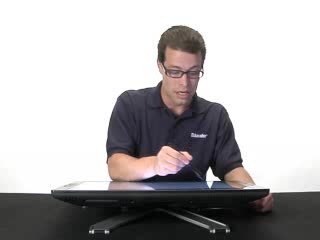Starting up...

For more information, please see full course syllabus of Anatomy & Physiology
Anatomy & Physiology Integumentary System (Skin)
Skin is a key part of survival and homeostasis. It protects organisms from bacteria and viruses as well as sunlight. It can secrete liquid to keep the body cool as well as eliminate waste products. The integumentary system is composed of the epidermis (outer layer), dermis, and subcutaneous layer (hypodermis). There are many types of cells in the skin, including melanocytes, keratinocytes, stratum basale (helps form fingerprints). The dermis contains blood vessels, hair follicles, sebaceous glands, sweat glands (eccrine and apocrine), arrector pili muscles, nails, and cutaneous receptors. The subcutaneous layer stores lipids and contains lymph and blood vessels. When skin is damaged, repair takes place according to three steps: inflammation, migration, proliferation, and maturation. Skin conditions and disorders include scars, moles, freckles, melanoma, acne, warts, wrinkles, psoriasis, and eczema.
Share this knowledge with your friends!
Copy & Paste this embed code into your website’s HTML
Please ensure that your website editor is in text mode when you paste the code.(In Wordpress, the mode button is on the top right corner.)
- - Allow users to view the embedded video in full-size.










































 Answer Engine
Answer Engine




2 answers
Last reply by: Berry Adams
Mon Nov 28, 2016 9:48 AM
Post by Berry Adams on October 22, 2016
How does the structures of the epidermis allow it to provide immediate and indirect protection to underlying tissues?
2 answers
Last reply by: Berry Adams
Sat Oct 22, 2016 3:04 PM
Post by Berry Adams on October 22, 2016
What would be the consequences if a person's skin glands stopps functioning?
1 answer
Mon Jan 5, 2015 10:39 AM
Post by Javier Lopez on January 4, 2015
Melanin is the product of melanocytes. This protects the organism especially from UV Rays as well from other situations,such as an irritation. So then What race was first?
¨African¨- have a high production of Melanin(maybe because of the UV Rays that affected DNA)
¨Albino¨-Have in active melanocytes (unnecessary function because of style of life or change in environment)
2 answers
Last reply by: ye Chaoran
Sun May 14, 2017 7:08 AM
Post by Emma Brun on December 11, 2014
Why doesn't my scalp bleed if i pull a hair out (considering there are capillaries at the roots of the hair)?
1 answer
Tue Jul 1, 2014 6:04 PM
Post by David Gonzalez on June 30, 2014
Were scabs something created specifically by the body to help protect a cut from further infection? Or did they just occur on their own and ended up being really beneficial?
1 answer
Fri Apr 4, 2014 1:56 PM
Post by Kayla Steiner on April 3, 2014
Why is it that some people can grow their hair to their belly button, when others can only grow it to their shoulders?
1 answer
Tue Feb 4, 2014 10:17 AM
Post by Okwudili Ezeh on February 3, 2014
can i get the transcripts of the A&P lectures.